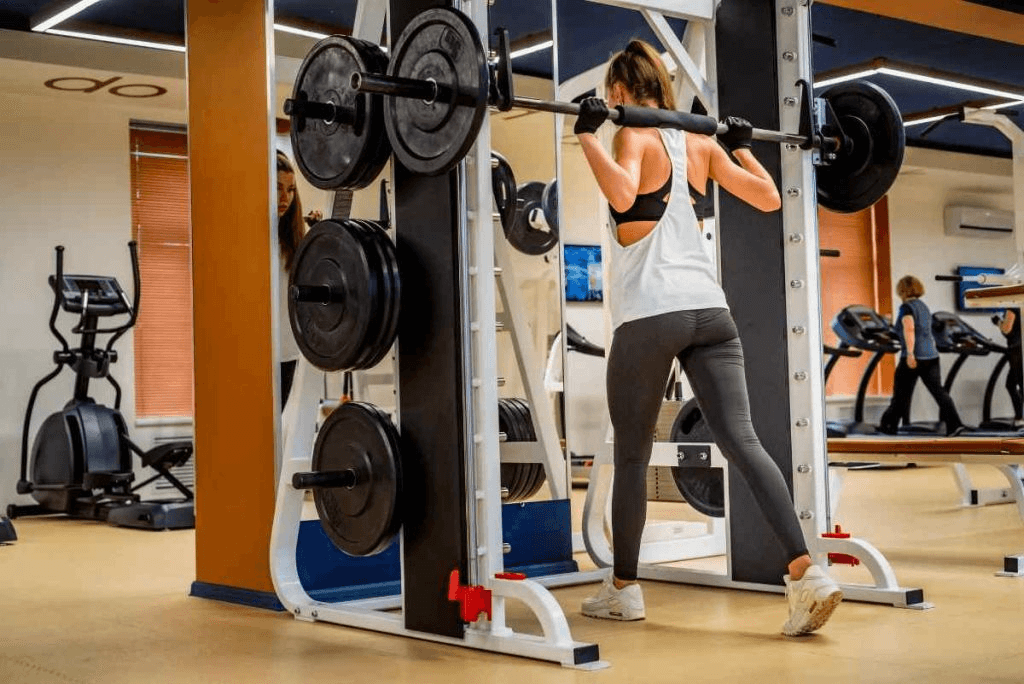When it comes to sculpting strong, well-defined shoulders, shoulder raises are a staple in countless workout routines. But what exactly do these movements target? And how do different variations like lateral raises work specific parts of the shoulder?
Let’s break down what muscles are engaged during shoulder raises—and how to maximize your results.
Understanding the Shoulder Anatomy
The shoulder is composed of a group of muscles known as the deltoids, which are divided into three main heads:
-
Anterior deltoid (front)
-
Lateral deltoid (side/middle)
-
Posterior deltoid (rear)
Each head plays a role in arm movement and shoulder stability, and different shoulder raise exercises emphasize different portions of the deltoid.
What Muscles Do Shoulder Raises Work?
Shoulder raises primarily target the deltoid muscles, but the specific area depends on the type of raise:
1. Lateral Raises
-
Main muscles worked: Lateral (middle) deltoid
-
Function: These lifts move your arms out to the sides, directly stimulating the side delts.
-
Goal: Builds broader, more rounded shoulders and enhances shoulder width.
2. Front Raises
-
Main muscles worked: Anterior deltoid
-
Function: Lifting your arms straight in front of you engages the front head of the deltoid.
-
Goal: Improves shoulder definition and pressing strength.
3. Rear Delt Raises (Reverse Flyes)
-
Main muscles worked: Posterior deltoid
-
Function: These movements are performed bent over or lying face-down, targeting the rear delts.
-
Goal: Enhances posture and balances shoulder development.
Supporting Muscles Activated
Though deltoids are the focus, shoulder raises also recruit:
-
Trapezius (traps) for shoulder stability
-
Rotator cuff muscles for control and support
-
Upper back muscles depending on posture and form
Lateral Raises: What Part of the Shoulder Do They Work?
Many lifters specifically ask: What part of the shoulder does a lateral raise work?
The answer is clear: the lateral deltoid.
This muscle sits on the outer side of the shoulder and plays a crucial role in arm abduction—lifting the arm away from the body. Strong lateral delts contribute to that coveted “capped” shoulder look.
Tips for Effective Shoulder Raises
-
Form over weight: Use controlled movement with moderate weights to fully engage the target muscles.
-
Don’t shrug: Keep traps relaxed to isolate the delts.
-
Vary your angles: Mixing up lateral, front, and rear raises ensures balanced shoulder growth.
-
Add tempo: Slowing down the negative (lowering) phase increases time under tension and boosts muscle activation.
Final Thoughts
Whether you're training for aesthetics, strength, or stability, incorporating various shoulder raise movements into your routine is key to developing all three heads of the deltoid. From lateral raises that widen the shoulders to rear delt raises that support posture and balance—each variation plays a distinct role in shaping strong, functional shoulders.
So next time you pick up a pair of dumbbells, remember: it's not just about lifting—it's about targeting the right muscles with intention.











































Leave a comment
This site is protected by hCaptcha and the hCaptcha Privacy Policy and Terms of Service apply.